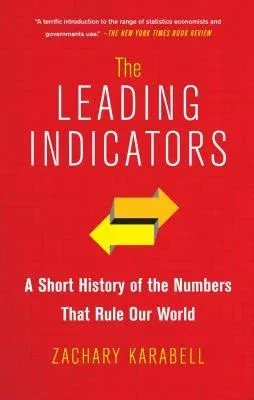The Leading Indicators was widely and well received as a much needed
corrective to the outdated, outmoded economic figures we are accustomed.
Every day, we are bombarded with numbers that tell us how we are doing,
whether the economy is growing or shrinking, whether the future looks
bright or dim. Gross national product, balance of trade, unemployment,
inflation, and consumer confidence guide our actions, yet few of us know
where they come from, what they mean, or why they rule our world.
Zachary Karabell tells the fascinating history of these indicators,
which were invented in the mid-twentieth century to address the urgent
challenges of the Great Depression, World War II, and the Cold War. They
were rough measures--designed to give clarity in a data-parched world
that was made up of centralized, industrial nations--yet we still rely
on them today.
Today's world is shaped by information technology and the borderless
flow of capital and goods. If we follow a 1950s road map for a
twenty-first-century world, we will get lost.
What is urgently needed is not to invent a new set of numbers but to tap
into the data revolution that offers unparalleled access to the
information we need. Companies should not base their business plans on
GDP projections; individuals should not decide whether to buy a home or
get a degree based on the national unemployment rate. If you want to buy
a home, look for a job, start a company or run a business, you can
readily find your own indicators. National housing figures don't matter;
local ones do. You can find those at the click of button. Personal,
made-to-order indicators will meet our needs today, and the revolution
is well underway. We need only to join it.

